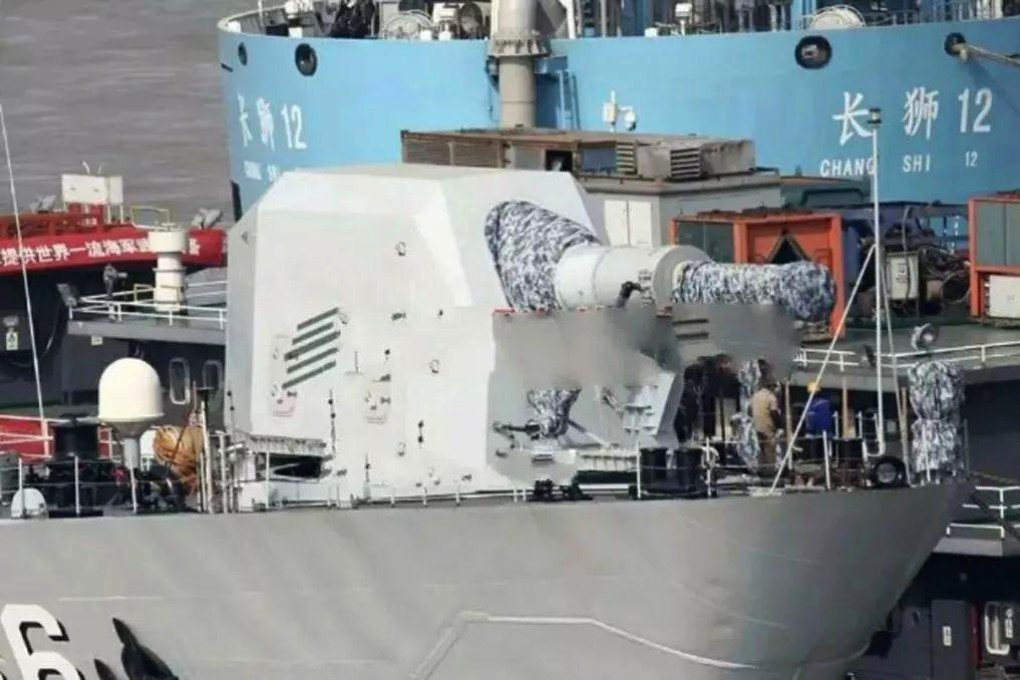Ready, aim, print: China’s rail gun gets an edge with 3D-printed part
- Military researchers use the technology to improve speed, durability of coveted army weapon
- New part is about half the weight of those made with traditional methods

“The obvious benefits point to an important road to the future,” said senior military engineer Zhang Qingxia and her colleagues in a paper published in the domestic peer-reviewed journal Ordnance Material Science and Engineering on January 11.
Zhang, who led the research team at an army weapon research institute based in Beijing, said they 3D-printed one of the most critical components of the rail gun system.
Through a series of tests, it was proved that smart manufacturing technology could effectively increase the performance of a rail gun even in the most demanding conditions, the researchers said in the paper.
A rail gun is a kinetic energy weapon that uses electromagnetic force to fire a non-explosive projectile at seven times the speed of sound. A ship-mounted Chinese version of the weapon is being developed to hit a target more than 200km (125 miles) away, far greater than the range of conventional artillery.
But compared to traditional methods such as casting or forging, 3D-printed parts can be weaker and therefore unsuitable for the demands of something like a rail gun, which operates under extreme physical stress and powerful electric currents.